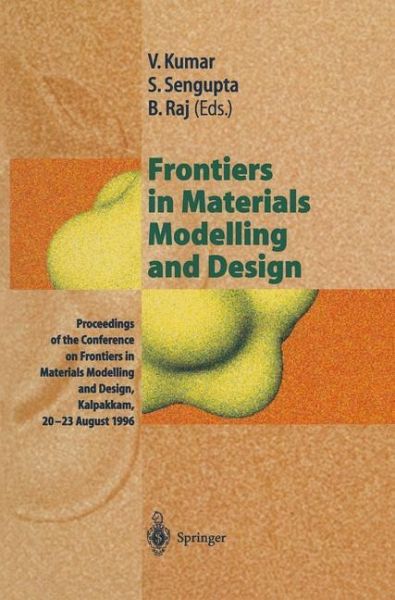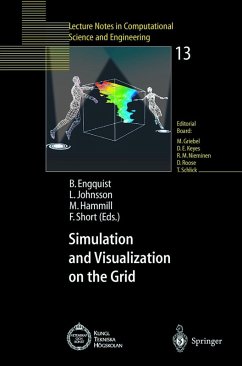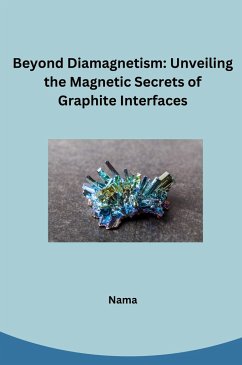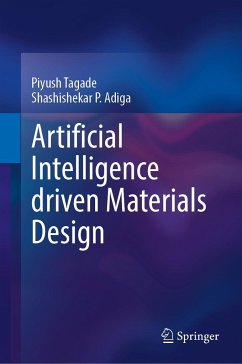
Frontiers in Materials Modelling and Design
Proceedings of the Conference on Frontiers in Materials Modelling and Design, Kalpakkam, 20-23 August 1996
Herausgegeben: Kumar, Vijay; Sengupta, Surajit; Raj, Baldev
Versandkostenfrei!
Versandfertig in 6-10 Tagen
76,99 €
inkl. MwSt.

PAYBACK Punkte
38 °P sammeln!
It is about fifteen years since we started hearing about Computational Ma terials Science and Materials Modelling and Design. Fifteen years is a long time and all of us realise that the use of computational methods in the design of materials has not been rapid enough. We also know the reasons for this. Mate rials properties are not dependent on a single phenomenon. The properties of materials cover a wide range from electronic, thermal, mechanical to chemical and electro-chemical. Each of these class of properties depend on specific phe nomenon that takes place at different scales or levels of...
It is about fifteen years since we started hearing about Computational Ma terials Science and Materials Modelling and Design. Fifteen years is a long time and all of us realise that the use of computational methods in the design of materials has not been rapid enough. We also know the reasons for this. Mate rials properties are not dependent on a single phenomenon. The properties of materials cover a wide range from electronic, thermal, mechanical to chemical and electro-chemical. Each of these class of properties depend on specific phe nomenon that takes place at different scales or levels of length from sub atomic to visible length levels. The energies controlling the phenomena also varies widely from a fraction of an electron volt to many joules. The complexity of materials are such that while models and methods for treating individual phenomenon have been perfected, incorporating them into a single programme taking into account the synergism is a formidable task. Two specificareas where the progress has been very rapid and substantive are prediction of phase stability and phase diagrams and embrittlement of steels by metalloids. The first three sections of the book contain papers which review the theoreti cal principles underlying materials modeling and simulations and show how they can be applied to the problems just mentioned. There is now a strong interest in designing new materials starting from nanoparticles and clusters.












